LG Electronics USA RBFS-B921A Bluetooth Module User Manual Manual
LG Electronics USA Bluetooth Module Manual
Manual

Descri
p
tion of Functional BlocksDescri
p
tion of Functional Blocks
pp
RBFSRBFS--B921A BT B921A BT Ass’yAss’y ModuleModule
Rev A, Nov 2009Rev A, Nov 2009
LG Innotek
Hanyang Univ. 1271, Sa-dong, Sangrok-gu ,
Ansan-si, Gyeonggi-do 426-791, Korea
Tel:82-31-436-7653
Fax:82
31
436
7991
Fax:82
-
31
-
436
-
7991
www.lginnotek.com
COMMERCIAL IN CONFIDENCE
Copyright ⓒ2007, LG Innotek Co., Ltd. http:\\www.lginnotek.com
All specification are preliminary and LG Innotek reserves the right to change these without notice.
RBFS-B921A-AN-01-A
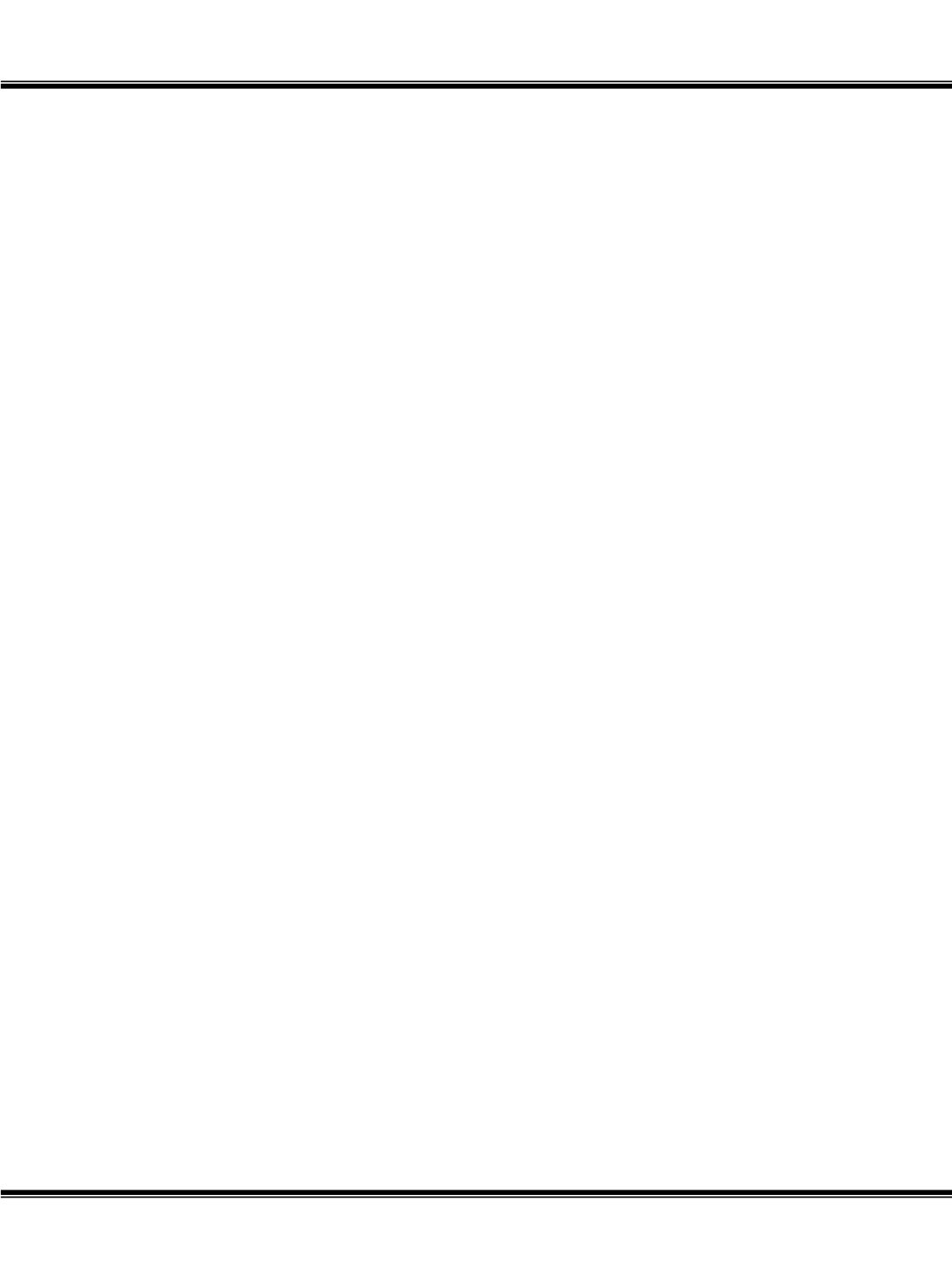
RRBFSBFS--B921AB921A
1. RF Receiver Block
1.1 Receiver Path
The receiver path uses a low IF scheme to down-convert the received bit signal for
demodulation in the digital demodulator and bit synchronizer. The receiver path
provides a high degree of linearity, an extended dynamic range, and high order on-
chip channel filtering to ensure reliable operation in the noisy 2.4 GHz ISM band. The
front
-
end topology, with built
-
in out
-
of
-
band attenuation, enables the device to be used
front
end
topology,
with
built
in
out
of
band
attenuation,
enables
the
device
to
be
used
in most applications with no off-chip filtering. For integrated handset operation where
the Bluetooth function is integrated close to the cellular transmitter, minimal external
filtering is required to eliminate the desensitization of the receiver by the cellular
transmit signal.
1.1.1 Digital Demodulator and Bit synchronizer
The di
g
ital demodulator and bit s
y
nchronizer takes the low IF received si
g
nal and
gy g
performs an optimal frequency tracking and bit synchronization algorithm.
1.1.2 Receiver Signal Strength Indicator
The BCM2046 radio provides an Receiver Signal Strength (RSSI) signal to the
baseband so that the controller can take part in a Bluetooth power-controlled link by
providing a metric of its own receiver signal strength to determine whether the
transmitter should increase or decrease its output power.
Page 1
RBFS-B921A-AN-01-A
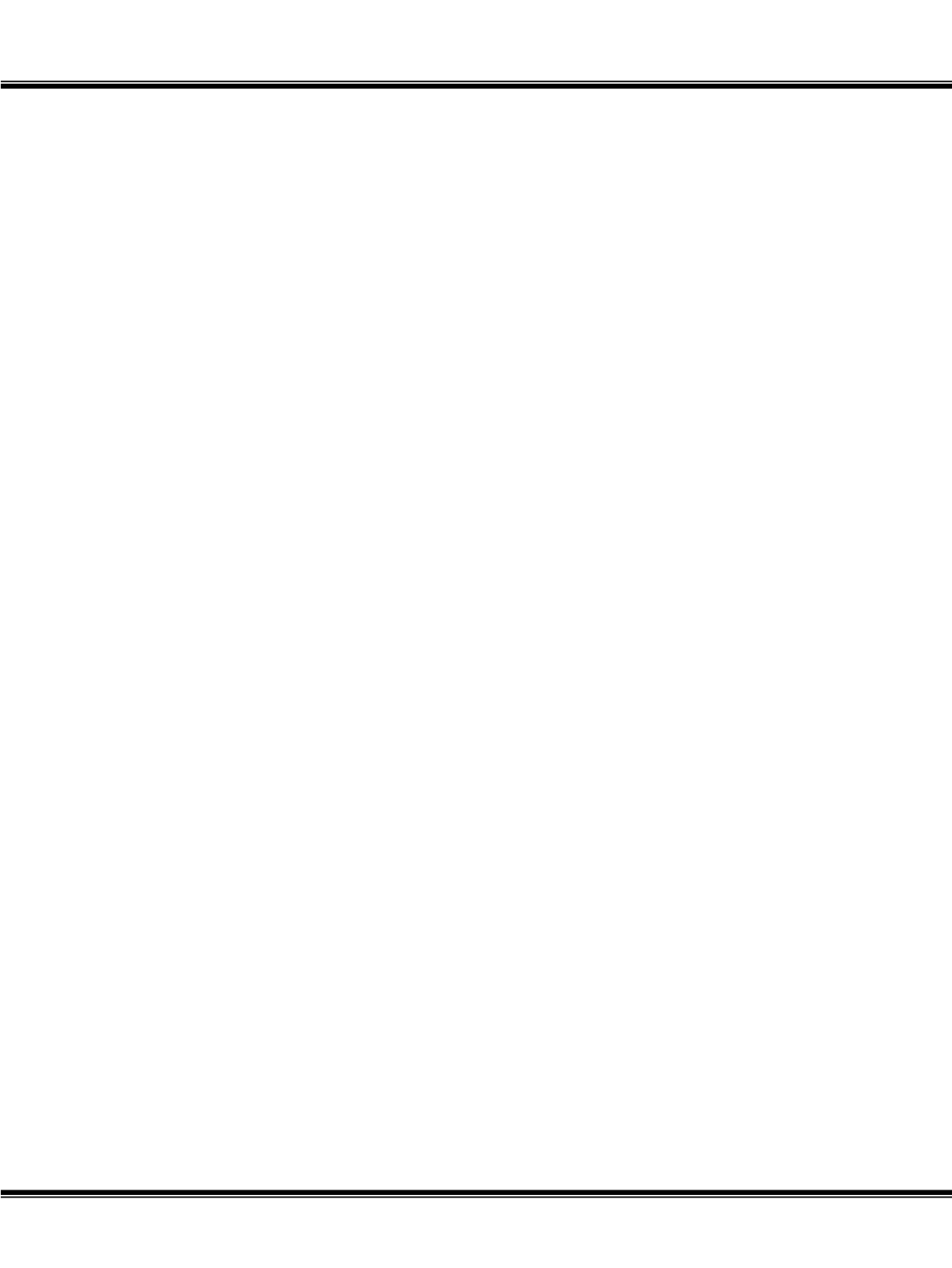
RRBFSBFS--B921AB921A
2. RF Transmitter Block
2.1 Transmitter Path
The BCM2046 features a fully integrated zero IF transmitter. The baseband transmit
data is digitally GFSK modulated in the modem block and up-converted to the 2.4 GHz
ISM band in the transmitter path. The transmitter path consists of signal filtering, I/Q
up-conversion, high-output power amplifier (PA), and RF filtering. It also incorporates
new modulation schemes P/4-DQPSK for 2 Mb
p
s and 8-DPSK for 3 Mb
p
s to su
pp
ort
p
ppp
enhanced data rate.
2.1.1 Digital Modulator
The digital modulator performs the data modulation and filtering required for the GFSK,
π/4DQPSK, and 8-DPSK signal. The fully digital modulator minimizes any frequency
drift or anomalies in the modulation characteristics of the transmitted signal and is
much more stable than direct VCO modulation schemes.
2.1.2 Digital Demodulator and Bit Synchronizer
The digital demodulator and bit synchronizer takes the low IF received signal and
performs an optimal frequency tracking and bit synchronization algorithm.
2.1.3 Power Amplifier
The integrated PA for the BCM2046 can transmit at a maximum power of +4dBm for
class2 operation. The transmit power levels are for basic rate and EDR. Due to the
linear nature of the PA, combined with some integrated filtering, no external filters are
required for meeting Bluetooth and regulatory harmonic and spurious requirements.
For integrated mobile handset applications, where Bluetooth is integrated next to the
cellular radio, minimal external filtering can be applied to achieve near thermal noise
levels for spurious and radiated noise emissions.
Page 2
RBFS-B921A-AN-01-A
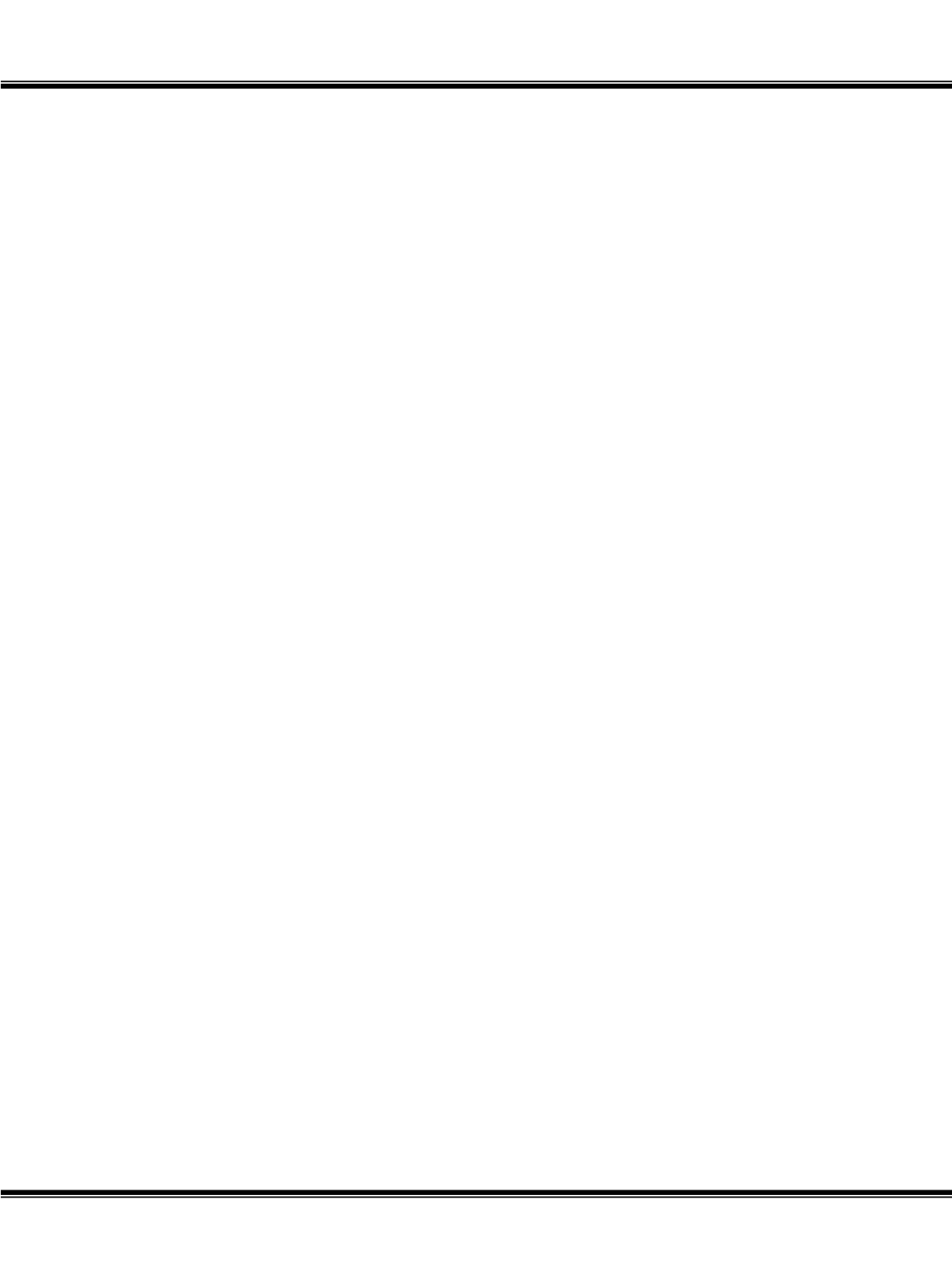
RRBFSBFS--B921AB921A
3. Bluetooth Baseband Core
Th Bl t th B b d C (BBC) i l t ll f th ti iti l f ti i d f
Th
e
Bl
ue
t
oo
th
B
ase
b
an
d
C
ore
(BBC)
i
mp
l
emen
t
s a
ll
o
f
th
e
ti
me cr
iti
ca
l
f
unc
ti
ons requ
i
re
d
f
or
high performance Bluetooth operation. The BBC manages the buffering, segmentation, and
routing of data for all connections. It also buffers data that passes through it, handles data
flow control, schedules SCO/ACL TX/RX transactions, monitors Bluetooth slot usage,
optimally segments and packages data into baseband packets, manages connection status
indicators, and composes and decodes HCI packets. In addition to these functions, it
independently handles HCI event types, and HCI command types.
4. Microprocessor Unit
The BCM2046 microprocessor unit(μPU) runs software from link control(LC) layer, up to the
host controller interface(HCI). The microprocessor is based on ARM7TDMIS 32-bit RISC
ith b dd d ICE
RT d b d JTAG i t f it Th
PU l i t f
processor w
ith
em
b
e
dd
e
d
ICE
-
RT
d
e
b
ug an
d
JTAG
i
n
t
er
f
ace un
it
s.
Th
e μ
PU
a
l
so cons
i
s
t
s o
f
256KB of ROM memory for program storage and boot ROM, 48KB of RAM for data
scratchpad and patch RAM code.
5. EEPROM Interface
5.
EEPROM
Interface
The BCM2046 provides the Broadcom Serial Control(BSC) master interface; the BSC is
programmed by the CPU to generate four different types of BSC transfers on the bus: read-
only, write-only, combined read/write, and combined write-read. BSC supports both low-speed
and fast mode devices. The BSC is compatible with I2C slave devices, except that multiple
I2C masters are not supported, and flexible wait state insertion by either the master interface
or slave devices are not supported. The EEPROM may contain configuration information
concerning the c stomer application incl ding the follo ing Fractional
N information
concerning
the
c
u
stomer
application
,
incl
u
ding
the
follo
w
ing
:
Fractional
-
N
information
,
BD_ADDR, baud rate, USB enumeration information, SDP service record, and file system
information used for code, code patches, or data. Bluetooth Module(RBFS-B921A) included
128Kbit EEPROM unit.
Page 3
RBFS-B921A-AN-01-A
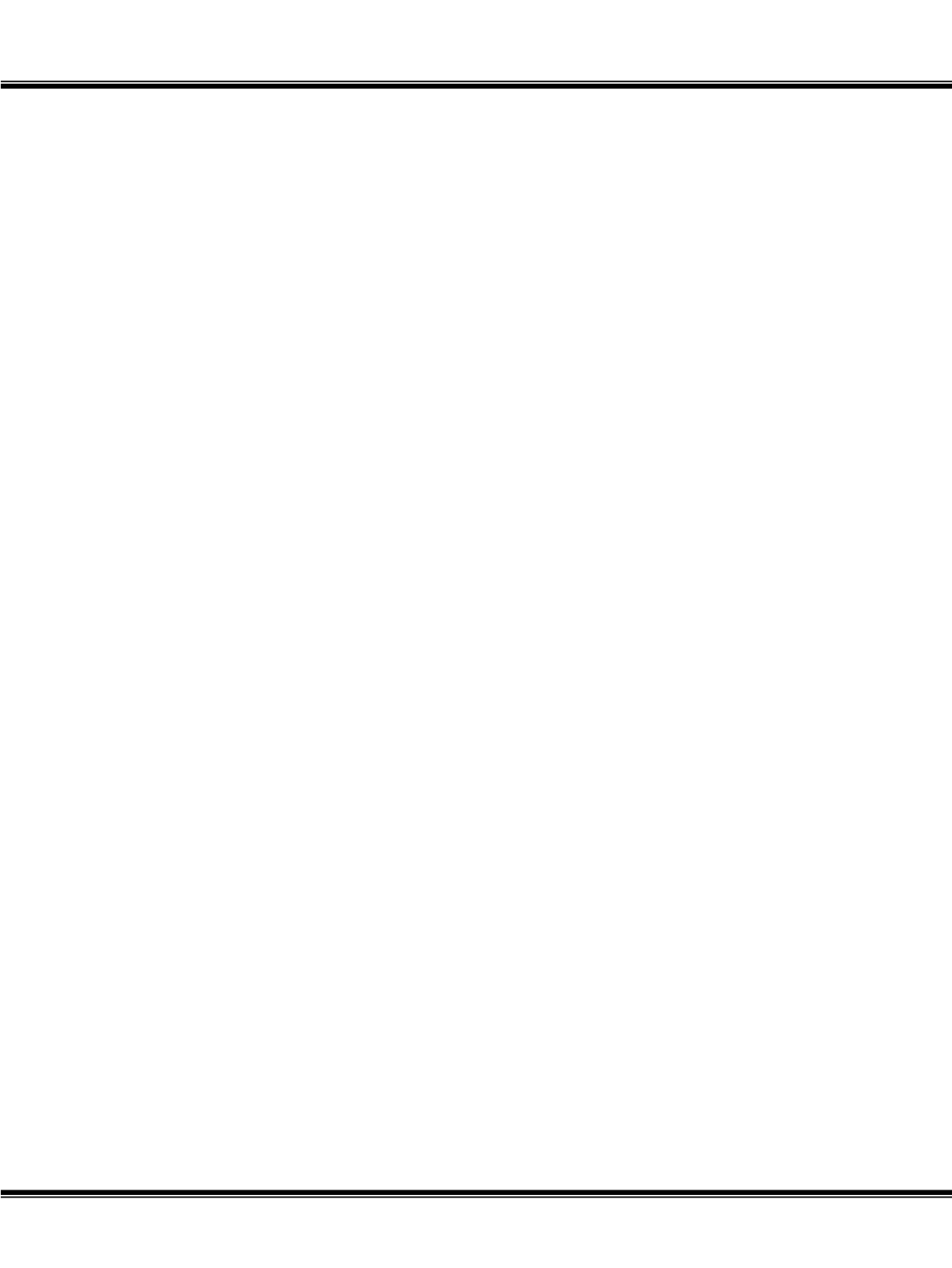
RRBFSBFS--B921AB921A
6. USB Interface
Th USB d i d i t fi ti d i t d t i d i t f ll
Th
e
USB
d
ev
i
ce
d
escr
i
p
t
or, con
fi
gura
ti
on
d
escr
i
p
t
or, an
d
s
t
r
i
ng
d
escr
i
p
t
or are
f
u
ll
y
programmable if the default settings are not desired. This allows the end manufacturer
to customize the descriptors that the BCM2046 uses to identify itself on the USB port,
including the Vendor ID and Product ID. The custom USB descriptor information may
be stored in external EEPROM so that it is available at boot time.
7. Crystal Interface and Clock Generation
The BCM2046 uses a fractional-N synthesizer to generate the radio frequencies, clock,
and data packet timing. This enables it to operate from any of a multitude of frequency
sources. This may either be an external source such as a TCXO or crystal interfaced
directly to the device. The default frequency reference setting is a 26-MHz crystal or
TCXO Bl t th M d l (RBFS
B921A) i l d d t l it
TCXO
.
Bl
ue
t
oo
th
M
o
d
u
l
e
(RBFS
-
B921A)
i
nc
l
u
d
e
d
crys
t
a
l
un
it
.
Page 4
RBFS-B921A-AN-01-A
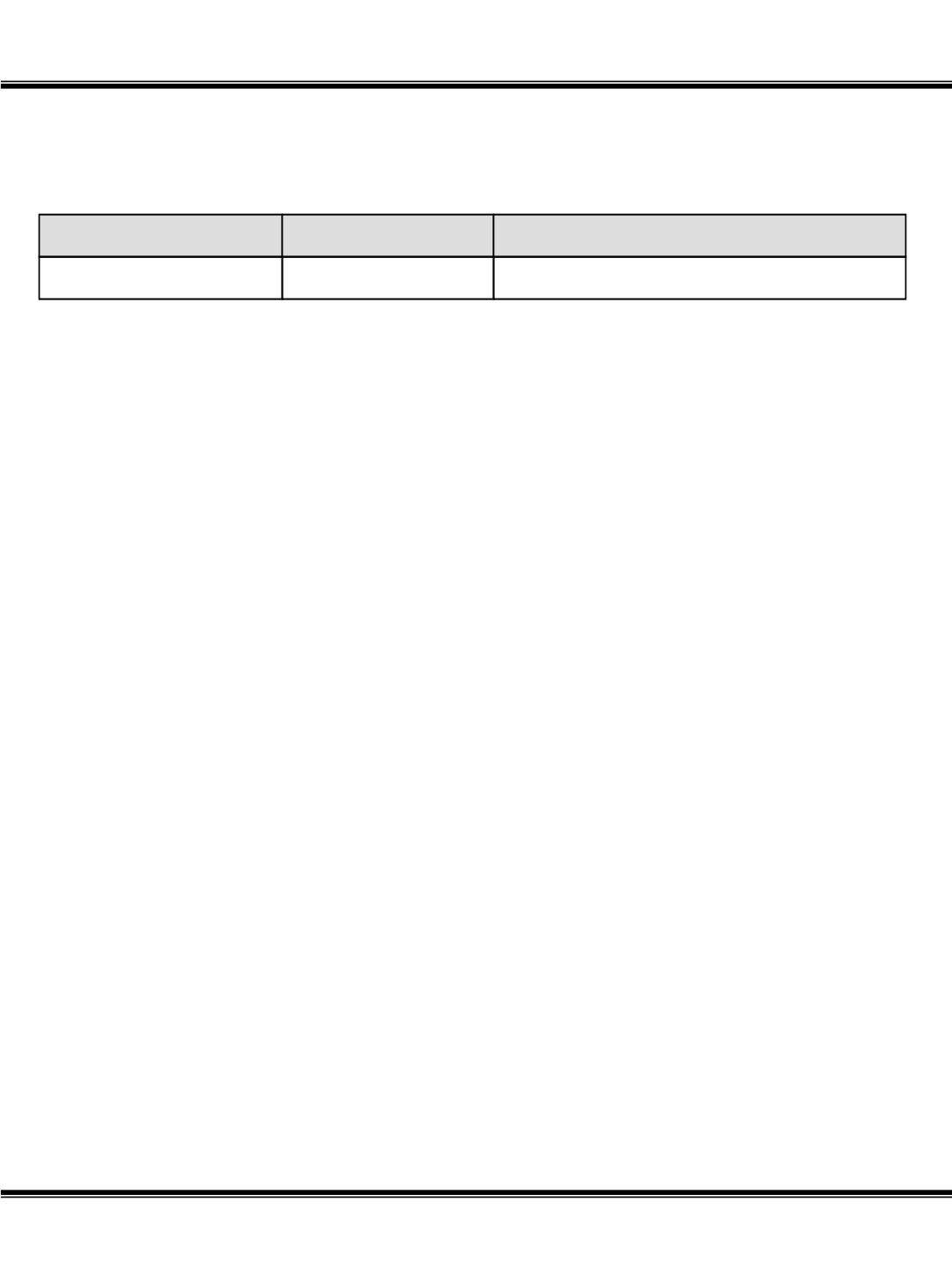
RRBFSBFS--B921AB921A
RECORD OF CHANGES
Revision No. Date Description
ANov. 2009 Initial Release
Page 5
RBFS-B921A-AN-01-A
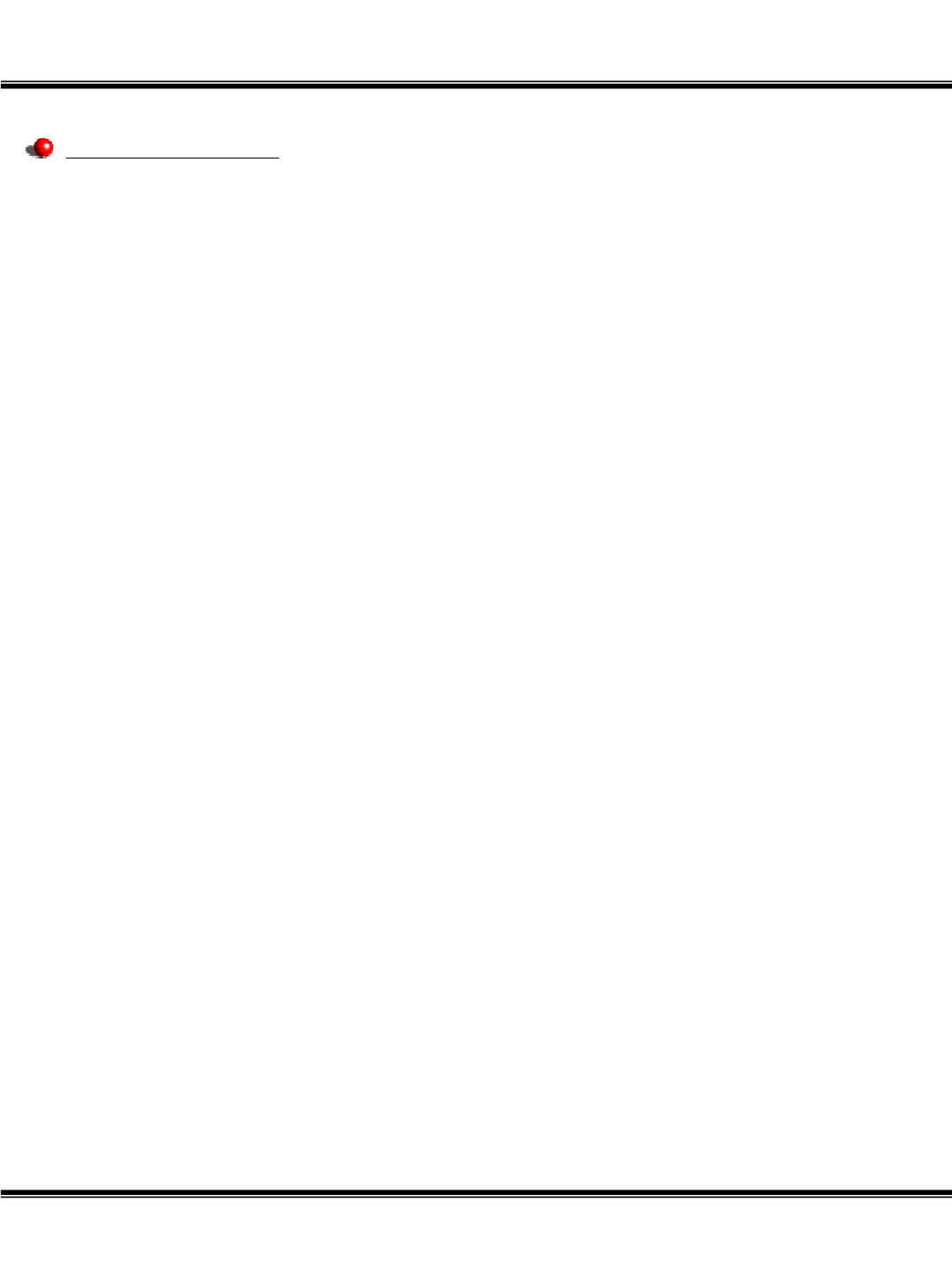
RRBFSBFS--B921AB921A
Contact for Support
Name : inpyo Park
E-mail : ippark@lginnotek.com
Tel : 82-31-436-7653
Fax : 82-31-436-7991
Page 6
RBFS-B921A-AN-01-A

RBFS-B921A-AN-01-A Page 7
■ RBFS-B921A
FCC compliance Information
This device complies with part 15 of FCC Rules. Operation is subject to the following two conditions:
1. This device may not cause harmful interference received.
2. This device must accept any interference received. Including interference that may cause undesired operation.
FCC WARNING
This equipment may generate or use radio frequency energy. Changes or modifications to this equipment may
cause harmful interference unless the modifications are expressly approved in the instruction manual. The user
could lose the authority to operate this equipment if an unauthorized change or modification is made.
To satisfy FCC exterior labeling requirements, the following text must be placed on the exterior Of the end
product.
Contains Transmitter Module FCC ID: BEJRBFS-B921A
CAUTION: This device and it’s antenna(s) must not be co-located or operated in conjunction with any other
antenna or transmitter. End users cannot modify this transmitter device. Any Unauthorized modification could void
the user’s authority to operate this device.